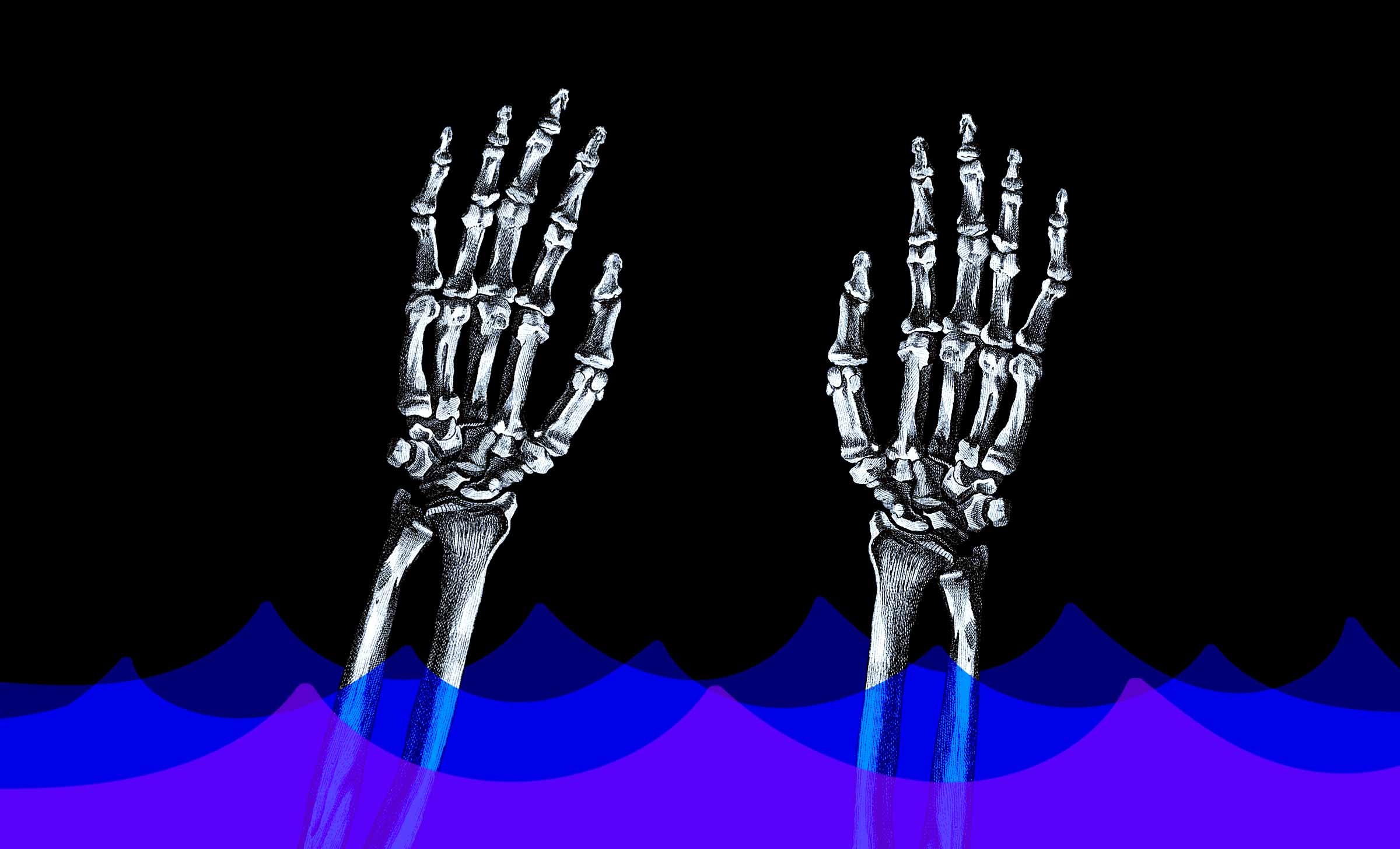Stop Relying on Process Change to Fix Poor UX
4 min read
Development teams, unsure how to make their digital products more user-friendly and competitive (beyond adding or refining functionality), shake up their processes or internal organization, hoping this will be a catalyst for improving interfaces and usability.
Doing Things Differently
Sisyphus was doomed to endlessly roll his boulder up a hill. At some point, he surely wondered if he was going about it the right way. Maybe he needed to change his approach. Maybe if he pushed the boulder differently, he’d achieve his goal.
Similarly, many organizations feel if they become more efficient or communicate better, digital products will improve. They look inward for solutions and view interface quality as something to be squeezed from better methods. With this in mind, they may try:
1. Refining Processes
Teams expend great effort to do things more efficiently, to achieve superior results. Development teams have been seeking the perfect process since the beginning of the software age. Over time, the names have changed (Waterfall, Agile, Lean, etc.) but the quest remains the same, a more perfect software methodology for more perfect software. Although improved user experience measures are sometimes folded into process tinkering, its primary goal is not to create better user interfaces.
And true, changing a development approach may better incorporate user feedback, yield greater efficiency, and produce fewer software defects. Certainly, development teams flock to this approach.
Why It Fails
Process alone is insufficient.
Refining product lifecycles can be a good thing. But transitioning to a new process is never as easy as advertised, especially for larger, more established organizations. Often the move is partial. How many teams employ a dysfunctional hybrid of waterfall and agile? Few new, iterative development processes include UX/UI best practices. Most projects continue on without focus on users or usability. A development-centric approach will always yield development-centric solutions.
Let’s be honest for a moment. Will any different process inherently improve usability? If you didn’t engage users in your old process, you will likely not engage them in your new process.
2. Merging Silos
Most large organizations are hierarchically stratified. Worse, these strata exist in separate business units or divisions, not all of which share information or goals effectively. Marketing usually exists wholly apart from software development, which exists wholly apart from executive strategy.
Compartmentalized organization, a still-prevalent relic of industrial manufacturing, is not the ideal. Flatter structures, at least outside of the public sector, are more in vogue. A company may seek to more fully integrate departments so the organization moves forward with a more unified voice and purpose. Better internal communication and cooperation almost always yields a more coherent approach. Software firms show significant innovation on this front, breaking down barriers.
Why It Fails
Silos endure.
Unfortunately, silos are notoriously difficult to eradicate. Turf wars and politics remain. And even if a development organization becomes flatter and communication flows more effortlessly, does this change the way teams understand or approach user interfaces?
3. Reorganizing
Often, firms shake up internal roles, hierarchy, or reporting structure. This can tangibly disrupt old patterns. It’s something of a reset. It can simplify development and may provide a fresh start. This approach is common to growing development organizations.
Why It Fails
Reorganization rarely changes culture.
Culture is not something easily defined. It simply exists. It is built on mission, fashioned by leaders, and carried forward by the larger team. No amount of org chart calculus will transform it overnight.
Great products, digital or otherwise, have their genesis in correspondingly admirable culture. If corporate culture doesn’t value the user or their perspectives and needs, interfaces will skew to the mystifying, confusing, maddening end of the spectrum, every single time. It matters little who leads a specific team if the organization doesn’t value users at its core. Changing an org chart cannot make apps, sites, or software better. It certainly cannot make them usable. If a company’s culture didn’t focus on users before reorganization, it won’t focus on them after. It doesn’t matter what tactic Sisyphus uses to get that boulder to the top of the hill, it’s still coming back down.
Change is a means, not an end.
For some reason, organizations think shaking things up leads to better, more beautiful, more usable products. If a team changes itself structurally or begins to work differently, it may become more efficient. It may become a well-oiled development machine. But this doesn’t mean digital products will necessarily get better. A team may simply have discovered a more competent, efficient way to create the same old products. That boulder gets up the hill faster, but it still rolls back down.
To move beyond stagnant interfaces, organizations must do more than change inner workings. Those who understand this, move on to different tactics. They turn their gaze outward.
Next, we’ll look at who they get to help push the boulder up the hillside.
Next Post in This Series
Feedback From Customers, Users, and Competitors Can Lead Your Dev Team Astray
Part of the Modern Digital Tragedy Whitepaper
All Posts in This Series
- The Impossible Standard of Digital Product Perfection
- Stop Relying on Process Change to Fix Poor UX
- Feedback From Customers, Users, and Competitors Can Lead Your Dev Team Astray
- Training and Online Help Can’t Fix Poor Digital Product Design
- Pretty Colors and Pictures Won’t Make Your Digital Product’s Experience Any Better
- Why Development-Centered UI Approaches Fail





